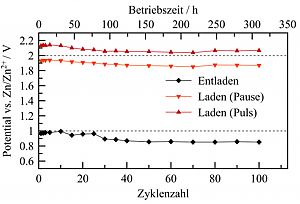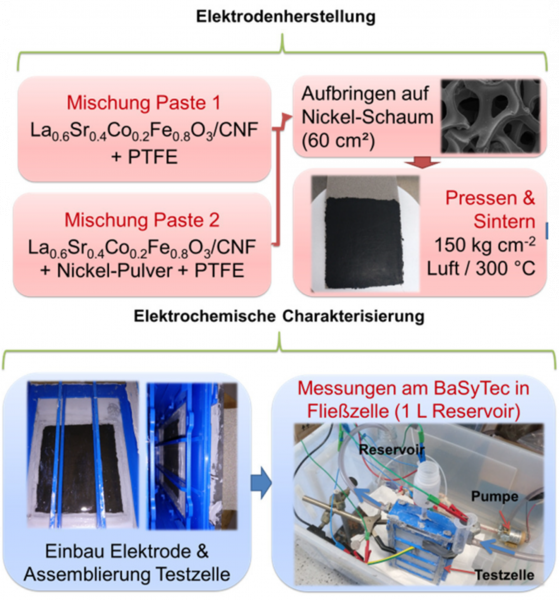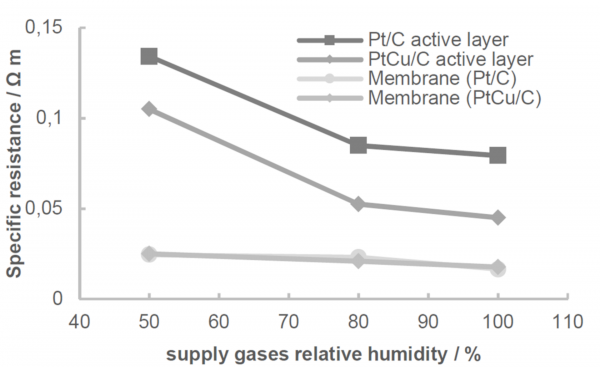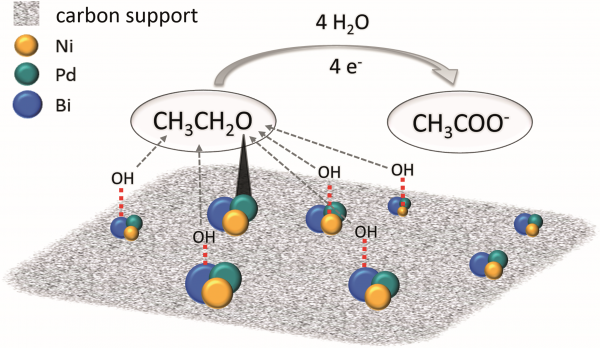IEA AFC Annex 35: Fuel cells for portable applications (Working period 2017 - 2019)
Short Description
All types of fuel cells are developed for portable applications. Due to user-friendliness, the focus is on low-temperature and direct-alcohol fuel cells.
A key aspect for the broad application is the reduction of the cost of current systems. There are several approaches such as: The cost can be reduced by the development of new materials and synthesis procedures but also by the use of cheaper and more efficient catalysts and stack components, and by higher piece numbers. The life time should be increased to 10,000 hours within the next few years. Enhanced efficiency and performance will lead to longer operating times, lower heat losses and reduced CO2 emissions.
The subjects of subtasks of the Annex 35 are:
- System analysis and hybridization
- System, stack and cell development
- Codes and standards, safety conditions, fuels and their packaging, transport
- Extension of the life time for portable fuel cells
The research activities of the Graz University of Technology in Annex 35 focus predominantly on subtask 2 "System, stack and cell development" and subtask 4 "Extension of the life time for portable fuel cells".
In particular, the development and characterization of new materials for direct ethanol fuel cells and polymer electrolyte membrane fuel cells as well as the preparation of fuel has been dealt with in the period of 2017-2019. Improvements comprise the innovative synthesis of catalysts, the development of new methods of automatized manufacture and the design of reversible bifunctional electrodes.

Research into fuel processing by reforming ethanol represents an excellent method of hydrogen supply for fuel cell systems. Characterization and evaluation of catalysts and process parameters have been the main focus in this sub task.
The development of bifunctional air electrodes has been researched on zinc-air flow cells, a fuel cell/battery hybrid. These electrodes form the basis for reversible fuel cells. Long term test series of 300 h under realistic conditions of 50 mA cm-2 have been conducted.
Project Images
Terms of use: The pictures listed underneath the header “Project Pictures” originate from the projects in the frame of the programmes City of Tomorrow, Building of Tomorrow and the IEA Research Cooperation. They may be used credited for non-commercial purposes under the Creative Commons License Attribution-NonCommercial (CC BY-NC).
Publications
Publications are available on the website of IEA AFC Annex 35.
Participants
Austria, Denmark, Germany, Italy, Japan, Korea and Sweden
Contact Address
Brigitte Hammer, Bakk.
Prof. Dr. Viktor Hacker
Graz University of Technology
Institut für Chemische Verfahrenstechnik und Umwelttechnik
Fuel Cell Systems Group
Inffeldgasse 25 C, 8010 Graz
E-Mail: brigitte.hammer@tugraz.at
Tel.: +43 (316) 873-8781




